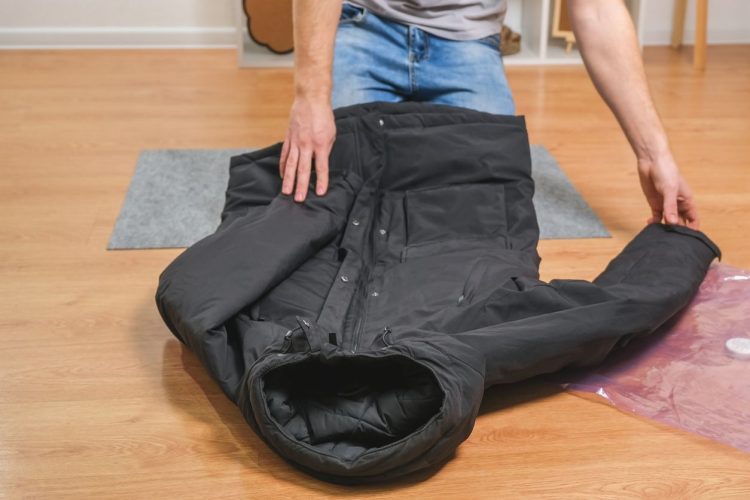With the spring season fast approaching, many are inspired to refresh their homes by undertaking a deep clean. But in addition to flipping the mattresses and washing the window screens, getting ready for spring also involves turning over your wardrobe, moving bulky winter clothing to the background in order to make lighter fare more accessible.
But like with all big cleaning projects, there is an optimal way to go about it. So before you switch out your winter wardrobe for spring, consider these tips from home organizing expert Marie Kondo.
Make sure it’s a keeper. Be mindful as you gather your winter garb for storage. Before you pack it away, take a moment to make sure it’s something you’ll still want when cold weather rolls around next year. If you’re missing a glove, or a sweater has beyond-repair holes, add them to the discard pile. If something just doesn’t fit or has a style that you no longer love, put it in the donate pile or pass it along to a friend.
Clean and repair. Assess the winter clothing that you are keeping for cleanliness and needed repairs. Before you put an item of clothing away for the season, replace any missing buttons, darn minor tears, and machine wash or dry clean. This will ensure your clothing stays in good shape while not in use, and that it will be ready to wear when you are.
Rotate up or back, but not out. Kondo’s signature organizing technique, the KonMari method, emphasizes that we should never store out-of-season clothing in a different place, such as the basement or the attic. Instead, Kondo recommends keeping all of your clothing in the same place, year-round, but shifting it to the background when it’s out of season. For example, move your winter sweaters to the back of the closet or a higher shelf, and your spring and summer clothing and accessories to the foreground. This will help you maintain a full picture of all the clothing you own, ensuring you don’t forget about a jacket or pair of shoes.
Compress and store. Use packing cubes or fabric bags to store your winter clothing, which will ensure that the fabric is able to breathe. Fold your items using the KonMari method (check it out online if you’re not familiar with it) to optimize space, label the bag with its contents, then place it on a higher closet shelf. For an extra, added touch, throw in a dryer sheet or lavender sachet to give stored clothing a refreshed feel come next winter.











